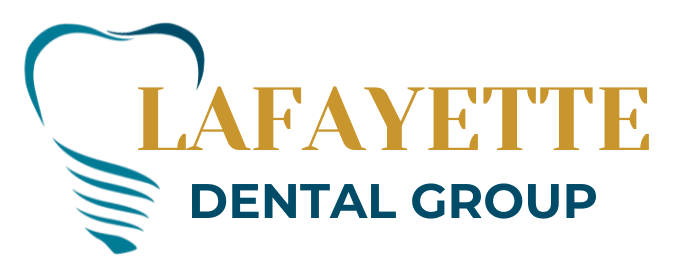

Benefits of Bone Grafting
The importance of restoring and preserving face bone structure is undeniable. The jaw and other facial bones support the skin and muscles that make us look our best. Our faces can prematurely age if the underlying bone doesn't support them. Bone Grafting is occasionally essential to rebuild healthy bone following tooth loss, severe gum disease, or injury. This surgical method encourages the body's natural bone-building process by applying grafting material too weak, fractured, or insufficient bones, thus providing additional support. This procedure also stimulates the production of new bone to restore the jawbone's strength and fill in any gaps.
The Primary Benefits:
Restoration: Bone grafts enable oral surgeons to rebuild bone mass and other mouth tissues, preventing the patient from requiring additional dental and orthodontic surgeries.

Cosmetic: Bone grafting supports multiple facial bones and structures, which improves a patient's overall look. Patients' self-esteem and confidence can improve as a result.
Saving Teeth: It's essential to get a bone transplant to help keep your jaw and mouth together. To prevent additional damage to your teeth and jaw, you may need a bone transplant to maintain your remaining teeth and jaw if you have lost a tooth due to illness or any other reason.
Improve dental devices: Implants, crowns, dentures, and bridges can benefit from bone transplants. In the long run, this will increase the performance and duration of each dental appliance.
Improve dental Implants: Dentists frequently employ grafts to help regenerate sufficient bone volume and density to sustain implants.
Tooth Extractions: A dental graft is now routinely placed into a tooth socket after extraction. If a patient decides to have a dental implant to replace a missing tooth in the future, this procedure helps to assure adequate bone support.
Benefits based on Grafting Type:
Various bone transplant techniques are available, each with unique specifications and limitations.
Autograft: Bone from one section of your body is surgically removed and transplanted into another.
- There is no risk of spreading illness.
- There is a low risk of infection.
- In the graft, there are bone-growing cells that can aid in bone mending.
Allograft: A tissue donated by another person or perhaps a deceased person's family donates allograft tissue to help another person.
- Bone harvesting requires no additional procedure.
- Disinfection ensures a lower risk of disease transmission.
- No other bones are harmed in the process.
Allopast: It is a synthetic substance created for bone grafts.

- Sterile, so no transfer of diseases can occur.
- Repairs vast areas of bone thanks to its infinite supply.
- There is an extensive range of alternatives available to address various medical demands.
- Accessible at any time.
Xenograft: The procedure includes bone from an animal source.
- Frequently employed in surgical procedures
- Accessible at any time.
- A proven track record of success.
- Some of the graft's components may become your bone, allowing it to self-heal minor faults.
Successful Bone Grafting Procedure:
Bone grafting has a very high success rate. It's possible that in certain circumstances, the results of a bone transplant or bone augmentation treatment won't be as expected. Bone augmentation, like organ transplantation, can be rejected even if it is an autograft. This procedure can go wrong in certain people for various reasons, including pre-existing medical issues or a history of smoking cigarettes.
Before bone augmentation surgery, patients with pre-existing or past medical issues or who currently smoke should consult with their dental care practitioner. It is possible to remove a failed bone transplant and replace it with a new one if necessary.
Contact your Lafayette dentist, Dr. Massood Darvishzadeh, DDS at Lafayette Dental Group today to learn more about bone grafting.
Resource:
BONE GRAFTING CRUCIAL FOR DENTAL IMPLANTS
This media/content or any other on this website does not prescribe, recommend, or prevent any treatment or procedure. Therefore, we highly recommend that you get the advice of a qualified dentist or other medical practitioners regarding your specific dental condition
Services
Contact Us
3466 Mt Diablo Blvd., Suite C207
Lafayette, CA 94549
2026 © Lafayette Dental Group | All rights reserved | Powered by: Vigorant, Inc.
